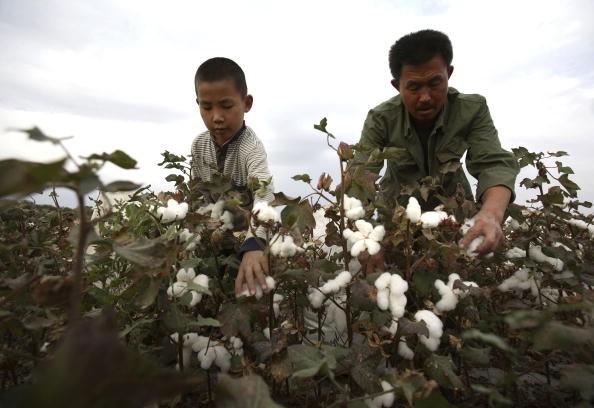For the next five years, China's Xinjiang Uyghur Autonomous Region eyes to cultivate more labor-intensive employers, state-run Xinhua News Agency reported.
The region will also welcome the influx of medium and small enterprises to create more jobs for its residents.
Official data shows that there are 1.85 million people in Xinjiang who are still living in poverty. The article noted that the figure is tantamount to 8 percent of the region's population.
During China's 13th Five-Year Plan (2016-2020), local officials will take advantage of the region's abundant resources of cotton and labor and create plans to lure textile and clothing manufacturers.
Authorities said that the local government will rely on the support of policy, capital and training to implement their scheme.
On the same period, they will also encourage as many as 200,000 residents to look for employment in clothing and textile companies located in eastern inland areas.
In the last Five-Year Plan (2011-2015), the garment and textile industries created around 130,000 new jobs in Xinjiang.
The region's westernmost part is known as the biggest cotton cropper in the country. In 2015, it harvested 3.5 million tons of cotton, which is 62.5 percent of China's total yield nationwide.
A lot of Xinjiang residents have left farmlands and opted to work in factories where they earn stable income. According to officials, this holds especially true in Tarim Basin, one of the region's biggest cotton producers.
Authorities have earlier expressed their drive to make more jobs for their citizens. As outlined in a 2014 official document about the expansion of Xinjiang's textile industry, the region aims to "promote employment as a permanent cure to maintain social stability and achieve long-lasting peace, and, particularly, solve [unemployment problems.]"
The officials are also very much focused on the residents in the region's southern part where much violence unfolds.
Boosting the textile hub has always been on the top priority of President Xi Jinping. In fact, it is a key program in the Chinese leader's landmark "One Belt, One Road" initiative that aims to establish a new silk road and economic belt across China to Central Asia and Europe.



























